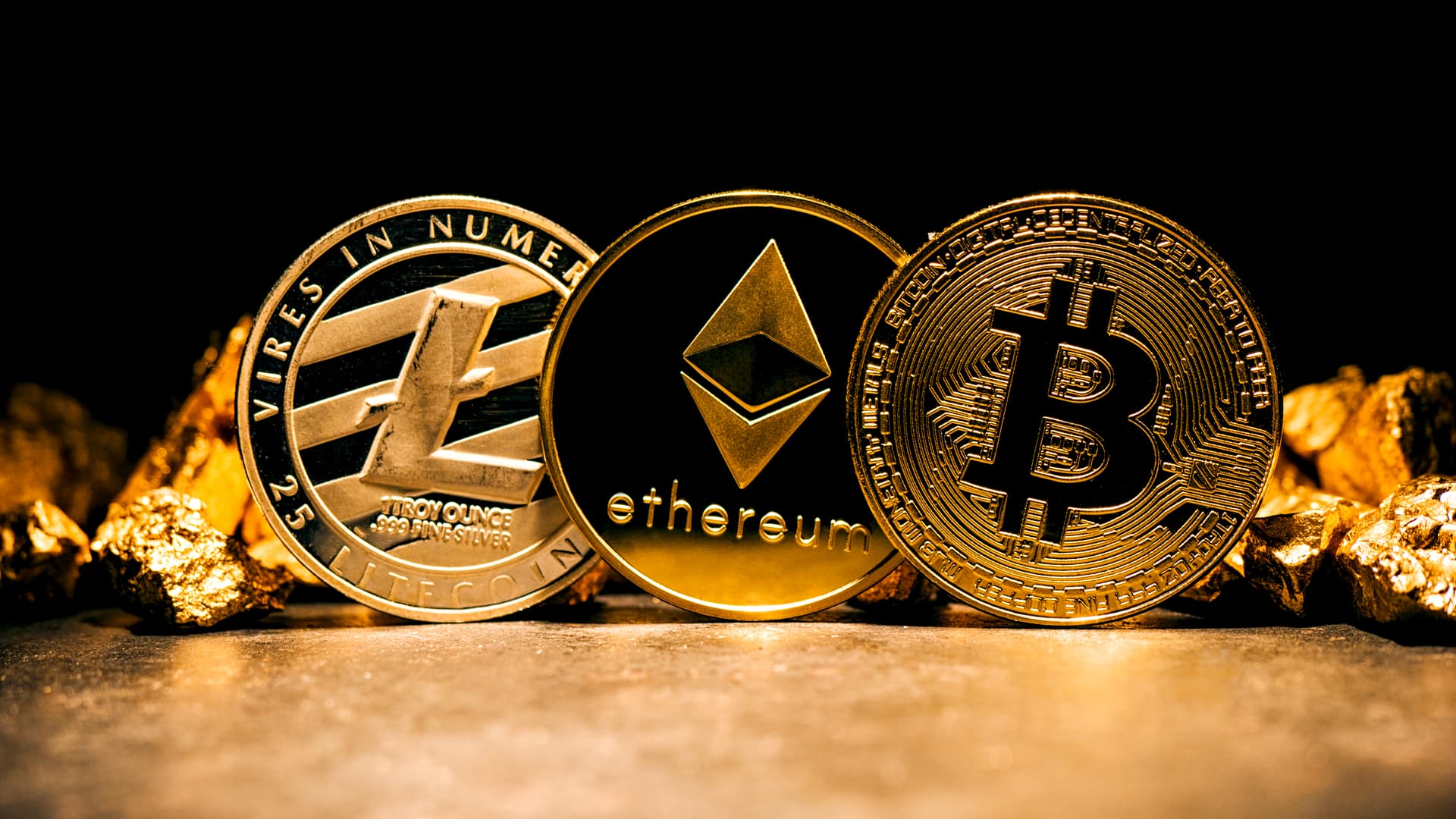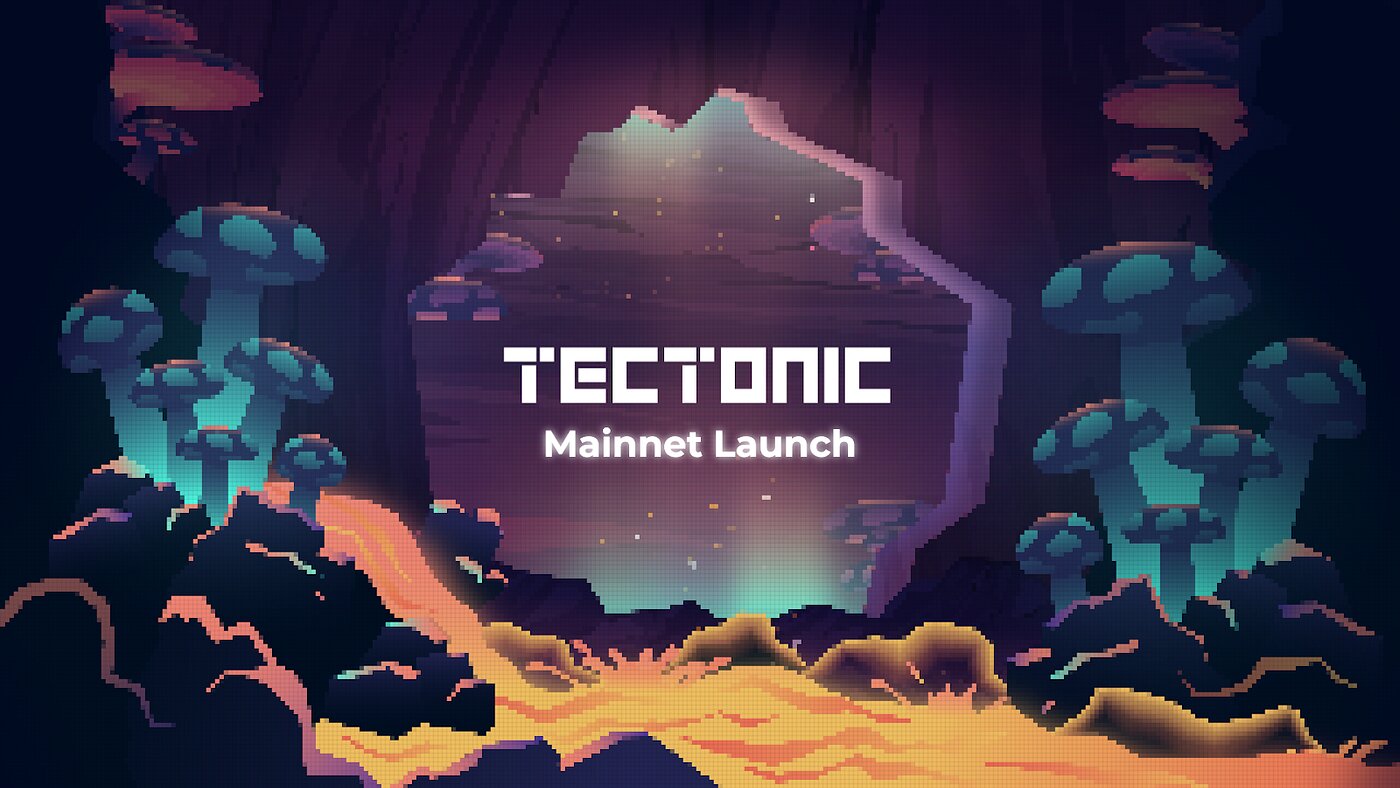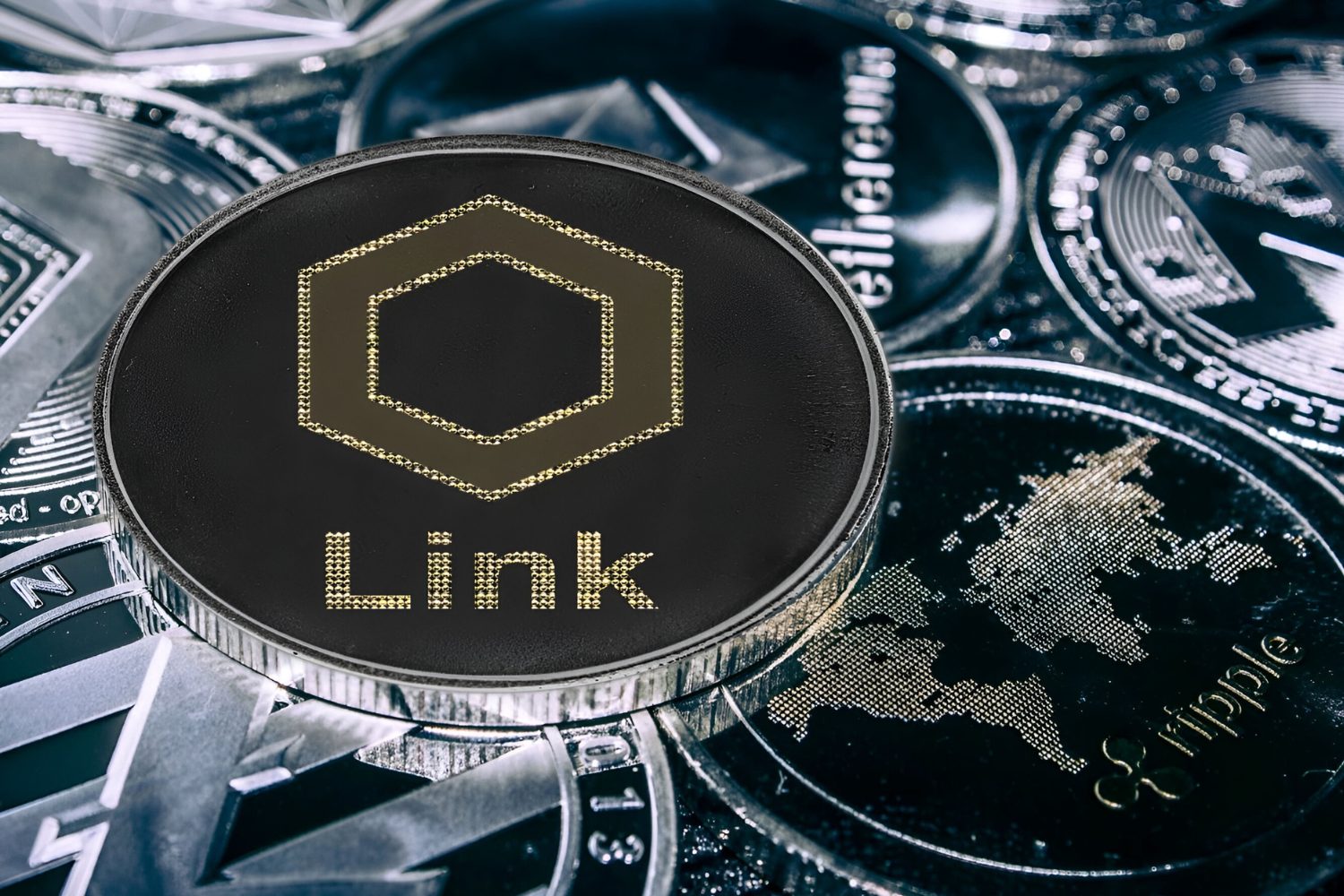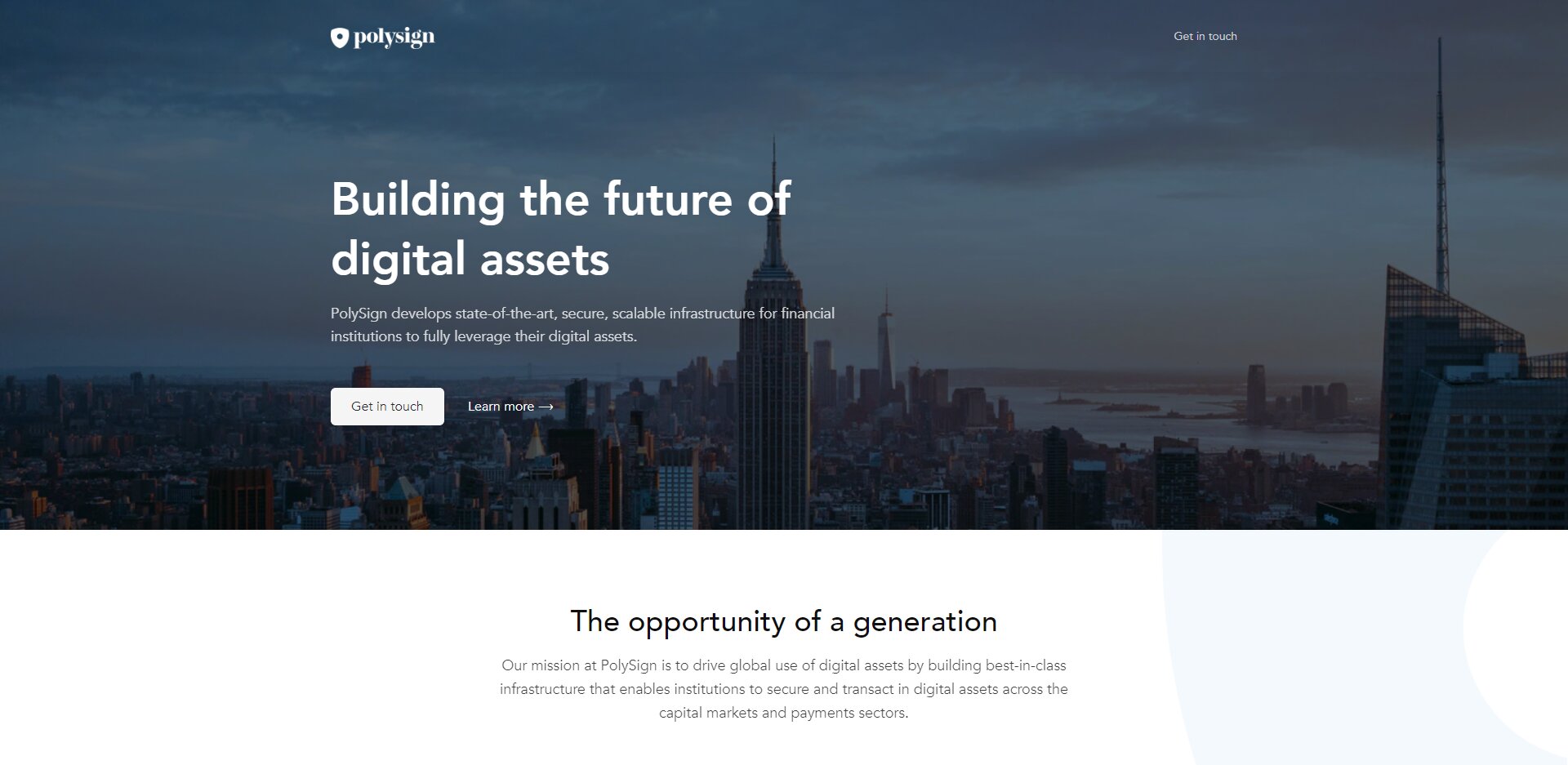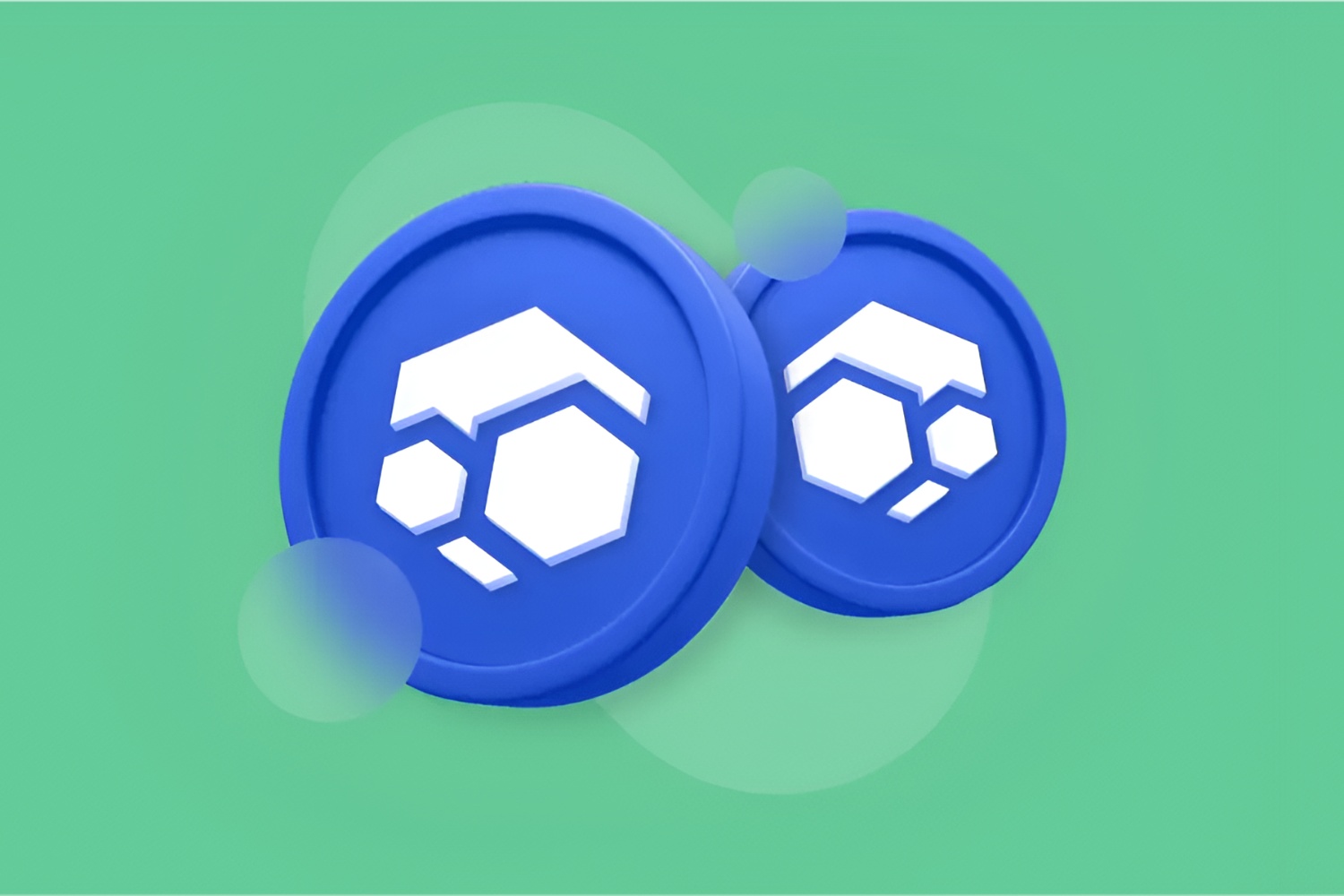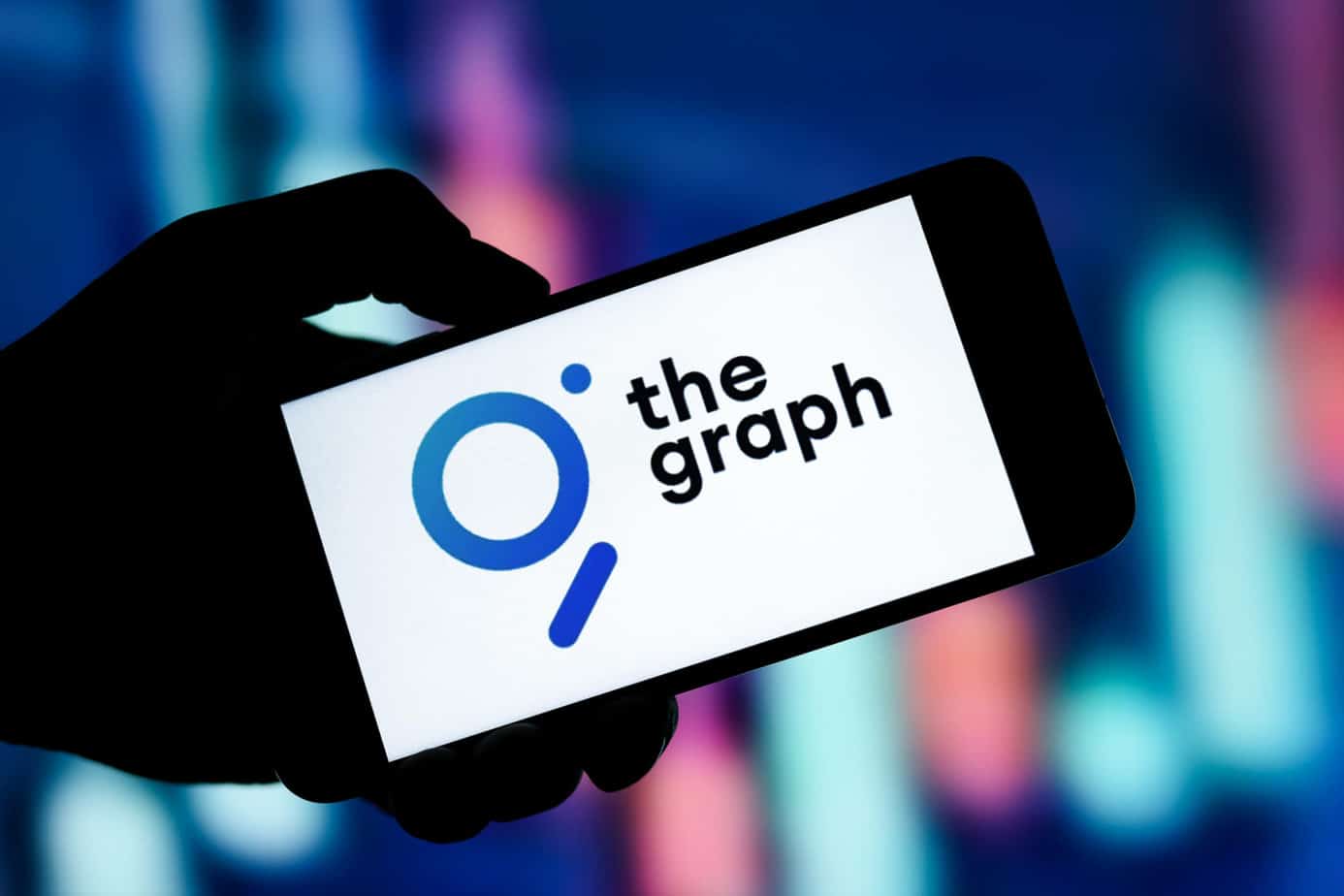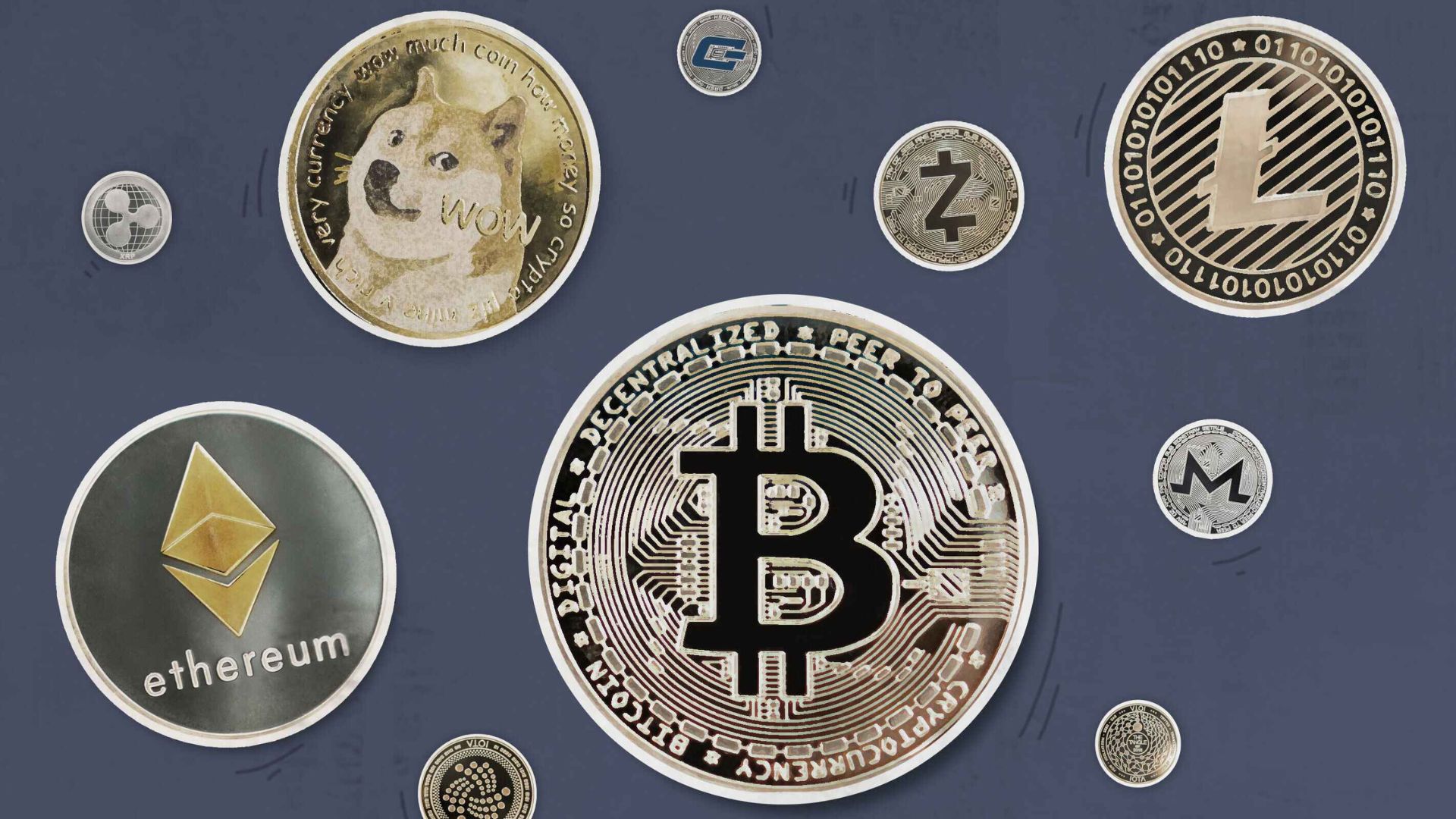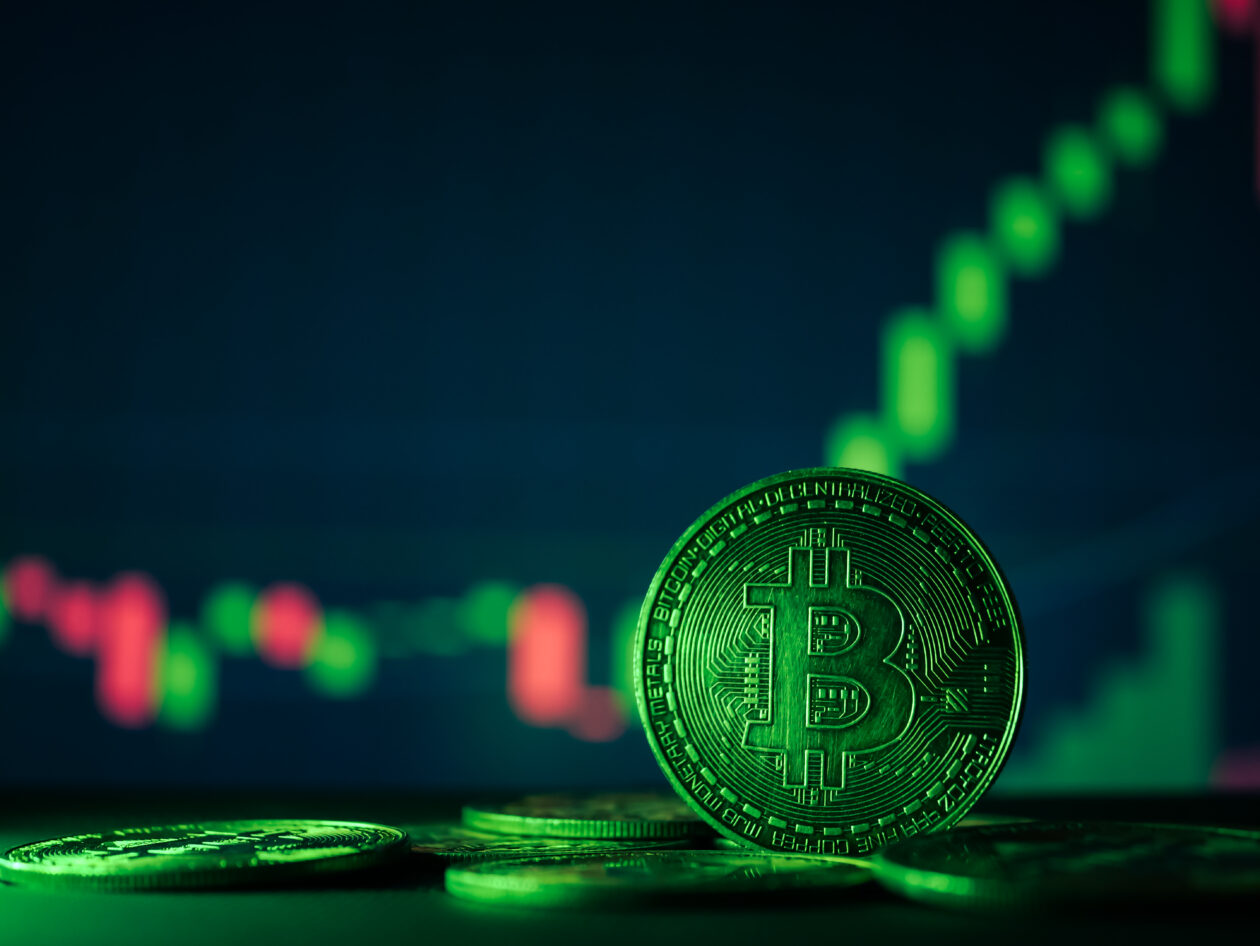Introduction
The world of cryptocurrency continues to evolve with new innovations and investment opportunities emerging regularly. One such opportunity is the Initial DEX Offering (IDO), which has gained significant popularity in recent times. If you are new to the crypto space or are looking to diversify your investment portfolio, understanding IDO and its mechanics is crucial.
An IDO, or Initial DEX Offering, is a fundraising method used by decentralized exchanges (DEXs) to launch new projects and tokens directly to the public. It allows retail investors to participate in early-stage investment rounds and acquire project tokens before they are listed on major exchanges.
IDOs have gained momentum due to their potential for high returns and the opportunity they provide for smaller investors to gain exposure to promising crypto projects. However, it is important to note that IDOs also come with their share of risks and need to be approached with caution.
In this article, we will delve into the intricacies of IDOs, how they work, and the advantages and risks associated with them. Additionally, we will provide insights on how you can participate in an IDO and highlight some popular IDO platforms in the market.
What is IDO?
An IDO, short for Initial DEX Offering, is a fundraising method used by decentralized exchanges (DEXs) to launch and provide access to new crypto projects and tokens. Unlike traditional initial coin offerings (ICOs) or initial public offerings (IPOs), which typically involve centralized entities and regulatory oversight, IDOs operate within the decentralized nature of blockchain technology.
In an IDO, project developers and token issuers can directly sell their tokens to the public through a decentralized exchange. This means that investors can participate in the token sale without the need for intermediaries, such as investment banks or brokers. IDOs utilize smart contracts on blockchain platforms like Ethereum, Binance Smart Chain, or Solana to facilitate the token sale process, ensuring transparency, security, and efficiency.
One of the key features of IDOs is their accessibility. Unlike traditional investment opportunities that may have high entry barriers, IDOs allow retail investors to participate and contribute small amounts of capital during the early stages of a project. This democratizes the investment landscape and brings about the potential for wealth creation to a wider audience.
Furthermore, IDOs provide a platform for projects to gain immediate liquidity and exposure in the market. By launching their tokens through a popular DEX, they can tap into the existing user base and trading volume of the exchange, which can help generate interest and adoption for their project. This can be especially beneficial for innovative and promising projects that may not have the same level of visibility as established cryptocurrencies.
Overall, IDOs offer a decentralized and inclusive approach to fundraising and investing in the crypto space. They have become a popular alternative for both investors seeking early-stage investment opportunities and projects looking to raise funds while engaging with their potential user base. However, it is important to recognize that IDOs are not without risks, and careful consideration should be taken before participating in one.
How does IDO work?
To understand how an IDO works, let’s break down the process into its key components:
- Token Creation: The project team creates a new token that will be sold during the IDO. This token provides investors with a stake in the project and its associated benefits and services. The token is typically built on a blockchain platform, such as Ethereum or Binance Smart Chain, and follows a specific token standard, such as ERC-20 or BEP-20.
- Smart Contract Deployment: Smart contracts are created and deployed on the chosen blockchain platform. These contracts define the rules and parameters of the IDO, including token issuance, distribution, and sale details. They act as self-executing agreements that automatically trigger transactions based on predefined conditions.
- Token Sale Announcement: The project team announces the upcoming IDO, providing relevant details such as the date, time, and platform on which it will occur. This announcement is typically made through the project’s website, social media channels, and community forums to generate awareness and attract potential investors.
- Whitelist and KYC Process: Some IDOs require participants to complete a Know Your Customer (KYC) process and register for a whitelist before they can purchase tokens. This process helps prevent fraud and ensures compliance with regulatory requirements.
- Token Sale: Once the IDO starts, participants can access the IDO platform through a decentralized exchange (DEX). They can connect their digital wallets, such as MetaMask or Trust Wallet, to the DEX and interact with the smart contract to purchase tokens. The tokens are typically sold in exchange for a specific cryptocurrency, such as Ether (ETH) or Binance Coin (BNB).
- Allocation and Distribution of Tokens: After the token sale concludes, the smart contract automatically allocates tokens to participating investors based on the amount they contributed. The tokens are then distributed directly to their digital wallets.
- Listing on Exchanges: Following the IDO, the project team may list the token on various centralized exchanges (CEXs) or decentralized exchanges (DEXs) to increase liquidity and trading opportunities. This enables investors to buy, sell, and trade the tokens on different platforms.
It is important to note that each IDO may have specific variations in terms of platform, process, and requirements. Therefore, it is essential for investors to thoroughly research and understand the details of each IDO before participating to ensure a smooth and secure experience.
Advantages of IDO
Investing in an Initial DEX Offering (IDO) offers several advantages to both investors and project teams. Let’s take a closer look at some of the key benefits:
- Early Investment Opportunity: IDOs provide retail investors with the chance to participate in the early investment rounds of a crypto project. This allows investors to potentially access tokens at lower prices before they are listed on major exchanges. Early investment can lead to significant returns if the project succeeds and the token value appreciates over time.
- Inclusivity and Accessibility: Unlike traditional investment methods, IDOs open up investment opportunities to a wider audience. Small investors who may not have access to large capital or the opportunity to participate in exclusive investment rounds can take part in IDOs with relatively small amounts. This promotes financial inclusivity and democratizes the investment landscape.
- Instant Liquidity: Projects that conduct an IDO can gain immediate liquidity by listing their tokens on a decentralized exchange (DEX). This allows investors to buy and sell tokens freely on the market, providing liquidity to early token holders. This liquidity can attract more investors, as they can easily buy or sell their tokens without relying on centralized exchanges.
- Community Engagement: IDOs often require participants to be active members of the project’s community. This engagement can take the form of contributing to discussions, providing feedback, or participating in governance decisions. By involving the community in the early stages, projects can build a loyal and supportive user base, helping to drive adoption and long-term sustainability.
- Transparency and Security: IDOs are conducted on blockchain platforms using smart contracts, which provide transparency and security. The terms and conditions of the IDO, token distribution, and transaction details are all recorded on the blockchain, ensuring trust and minimizing the risk of fraud or manipulation.
- Token Utility: By participating in an IDO, investors typically gain access to the project’s token, which can provide various benefits within the ecosystem. These benefits may include voting rights, staking rewards, access to exclusive features, or discounts on services. Holding tokens acquired through an IDO can potentially provide additional value beyond just trading on exchanges.
Overall, IDOs offer unique advantages that cater to both investors looking for early investment opportunities and project teams seeking capital and community support. However, it is essential to conduct thorough research, understand the project’s fundamentals, and carefully evaluate the risks involved before participating in an IDO.
Risks of IDO
While Participating in an Initial DEX Offering (IDO) brings several advantages, it is important for investors to be aware of the risks involved. Here are some key risks to consider before engaging in an IDO:
- Market Volatility: The cryptocurrency market is known for its volatility, with token prices experiencing rapid fluctuations. This volatility can impact the value of IDO tokens after they are listed on exchanges, potentially leading to significant losses for investors. It is essential to carefully evaluate the market conditions and the project’s long-term potential before participating in an IDO.
- Lack of Regulation: Unlike traditional investment avenues, IDOs operate in a relatively unregulated environment. This lack of regulation increases the risk of potential scams or fraudulent projects. Investors should conduct thorough due diligence, including researching the project team, assessing the whitepaper, and analyzing the token’s utility before committing funds to an IDO.
- Impermanent Loss: Investors who provide liquidity to decentralized exchanges may be exposed to impermanent loss. Impermanent loss occurs when the value of the tokens held in a liquidity pool changes, resulting in a loss compared to simply holding the tokens. This risk is particularly relevant when providing liquidity to new tokens acquired through an IDO.
- Project Risk: IDOs are often conducted for early-stage or relatively unknown projects. Investing in such projects carries a higher degree of risk compared to established cryptocurrencies. There is a possibility of project failure, lack of execution, or inability to deliver on promised features and benefits. Investors should carefully assess the project’s viability, roadmap, and team competence before participating in an IDO.
- Smart Contract Vulnerabilities: IDOs rely on smart contracts to facilitate token sales and distribution. Smart contracts are not immune to bugs or vulnerabilities, and if exploited, they could result in the loss of investor funds. It is crucial to review the code, conduct audits if available, and assess the project’s security measures before participating in an IDO.
It is important for investors to understand and accept these risks before participating in an IDO. Conducting thorough due diligence, diversifying investments, and only risking funds that one can afford to lose are essential strategies to mitigate the inherent risks associated with IDOs.
How to participate in IDO?
Participating in an Initial DEX Offering (IDO) requires a few steps to ensure a smooth and successful experience. Here’s a general guide on how to participate in an IDO:
- Research and Due Diligence: Start by researching and evaluating the project conducting the IDO. Read the project’s whitepaper, explore their website, and assess their team’s experience and track record. Understand the project’s goals, technology, and potential for success. Evaluating the project’s fundamentals is crucial before committing any funds.
- Set Up a Digital Wallet: To participate in an IDO, you need to have a digital wallet that supports the blockchain on which the IDO is conducted. Popular options include MetaMask, Trust Wallet, or wallets specific to the blockchain platform being used. Ensure you have the necessary cryptocurrency, such as Ether (ETH) or Binance Coin (BNB), in your wallet for purchasing the IDO tokens.
- Prepare for Whitelisting: Some IDOs require participants to register for a whitelist before the token sale begins. The whitelist ensures that only approved participants can take part in the IDO. Keep an eye on the project’s official channels and follow the instructions to register for the whitelist if required. Complete any Know Your Customer (KYC) requirements, if applicable.
- Monitor Announcement Channels: Stay updated with the project’s official communication channels, such as their website, social media accounts, and community forums. The project will announce the date, time, and platform of the IDO. Make sure to mark your calendar and set reminders to ensure you don’t miss out on the opportunity.
- Participate in the IDO: When the IDO begins, access the designated platform through a decentralized exchange (DEX). Connect your digital wallet to the DEX and follow the instructions to participate in the token sale. In most cases, you will need to specify the amount of cryptocurrency you want to invest and confirm the transaction using your digital wallet.
- Wait for Token Allocation: After the IDO concludes, the project’s smart contract will automatically allocate the purchased tokens to your digital wallet. The allocation process may take some time or occur instantly, depending on the project’s specifications. Ensure you have set up your wallet correctly and double-check the token allocation once it’s completed.
- Trading and Secondary Market: Depending on the project, the IDO tokens you acquire may be immediately tradable on a decentralized exchange or require a lock-up period. If the tokens are tradable, you can choose to hold them or sell/trade them on exchanges where the token is listed. Ensure you follow proper security measures when engaging in secondary market trading.
Every IDO may have specific requirements and procedures, so it’s essential to carefully read and follow the instructions provided by the project team. Additionally, always be cautious of potential scams and double-check the legitimacy of the project and the platforms involved before participating in an IDO.
Examples of popular IDO platforms
As Initial DEX Offerings (IDOs) gain popularity in the crypto space, several platforms have emerged as popular choices for hosting these token sales. Here are a few examples of well-known IDO platforms:
- Polkastarter: Polkastarter is a decentralized launchpad built on the Polkadot ecosystem. It enables projects to raise funds, and users can participate in IDOs by staking Polkastarter’s native token, POLS. Polkastarter focuses on cross-chain interoperability and allows for a fair and transparent token launch process.
- Binance Launchpad: Binance Launchpad is an IDO platform powered by the Binance exchange, one of the largest cryptocurrency exchanges globally. It provides a launchpad for selected projects to raise funds and offers Binance users the opportunity to participate in token sales. Binance Launchpad has helped launch several successful projects and has a strong user base.
- DAO Maker: DAO Maker is a community-driven platform that aims to bridge the gap between traditional finance and the decentralized world. It supports IDOs for projects that have successfully gone through its incubation program. DAO Maker aims to bring sustainable growth and decentralized governance to the projects it supports.
- Poolz Finance: Poolz Finance is a decentralized cross-chain IDO platform that aims to simplify the fundraising process for both projects and investors. It offers features such as multi-chain compatibility, dynamic limit setting, and features to help projects lock liquidity post-IDO. Poolz Finance aims to provide fair and secure IDOs while nurturing long-term project growth.
- Balancer: Balancer is an automated portfolio manager and decentralized exchange that also offers IDO capabilities. Balancer enables token swaps and liquidity provision for projects launching their tokens. It allows for customizable liquidity pools, making it attractive for projects with specific token distribution requirements.
These are just a few examples of the platforms that have gained popularity in facilitating IDOs. It’s important to note that the popularity and effectiveness of these platforms can evolve over time, and new platforms may emerge in the future. As an investor, it’s crucial to research and evaluate each platform’s features, reputation, and the projects they host before participating in an IDO.
Conclusion
Initial DEX Offerings (IDOs) have become a significant trend in the crypto space, providing both investors and projects with unique opportunities. These decentralized token sales offer early investment access, inclusivity, and instant liquidity. However, participating in an IDO comes with risks that investors need to carefully consider.
Before participating in an IDO, thorough research and due diligence are crucial. Understanding the fundamentals of the project, assessing its market potential, and evaluating the team’s credibility can help make informed investment decisions. It’s also important to be aware of the risks, such as market volatility, lack of regulation, impermanent loss, project failure, and smart contract vulnerabilities.
To participate in an IDO, investors need to set up a digital wallet, follow project announcements, complete any whitelisting and KYC requirements, and engage with the IDO platform through a decentralized exchange. After token allocation, investors can choose to hold the tokens or trade them on secondary markets if available.
Popular IDO platforms, such as Polkastarter, Binance Launchpad, DAO Maker, Poolz Finance, and Balancer, have emerged to facilitate token sales for various projects. However, it’s important to research and assess the platform’s reputation, features, and the projects it hosts before participating in an IDO.
The IDO landscape is continuously evolving, and while IDOs offer exciting investment opportunities, it’s crucial to approach them with caution and always invest within one’s means. By staying informed, conducting thorough research, and understanding the associated risks, investors can unlock the potential benefits of participating in IDOs while minimizing the potential downsides.







